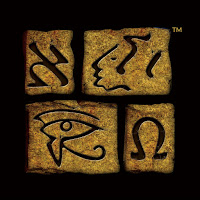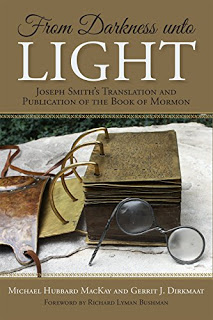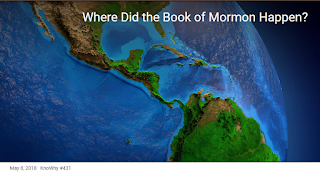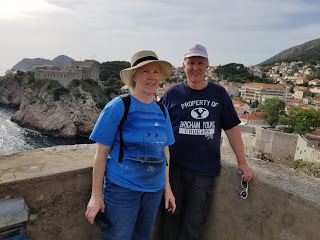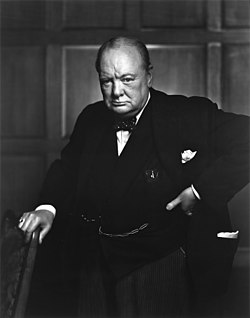Whenever you see Book of Mormon Central, think Book of Mormon Central America and you’ll know what they’re really up to.
Here, one of the charter members of the Council of Springville offers his review of Moroni’s America. In the interest of civility, I’ve been refraining from naming names, but it’s impossible to post this article and my peer-review comments without mentioning Joe. Joe’s a great guy. I like him a lot. We just agree to disagree, and I enjoy his comments in a friendly manner. I trust he does the same.
Overall, I found the paper a reiteration of everything I’ve seen in the past from the Mesoamerican proponents:
1. Outright repudiation of modern prophets and apostles.
2. An insistence on a particular interpretation of the text supported by such adverbs as clearly, obviously, etc.
3. Straw man arguments against positions I haven’t taken.
Here it is, with my peer-review comments in red:
- That the east sea is also the Mississippi River/Sidon (see pp. 164–65) and that “Moroni had fortified the land of Jershon, and presumably the sea, or mighty river, it bordered” (p. 169. Thus, according to Neville, Jershon is located on the east side of Sidon/Mississippi (p. 169) and not near the east sea as required by the Book of Mormon.
And it came to pass that I, Nephi, did go forth up into the top of the mountain, according to the directions which were given upon the ball. (1 Nephi 16:30)
Neville agrees with Meldrum’s statement in an email sent to me on April 21, 2016: “Actually, the rapids here are the first place the River can be crossed on foot north of the Gulf of Mexico.”
The difficulty of navigation . . . lies not so much in the shallowness of the channel or the thread of the current as in its unevenness of bottom, insufficient width [of the otherwise navigable chains of channels within the rapids], tortuous direction, and great velocity. The influence of those features is exaggerated by cross-surface and under currents, and by east and west winds.[xvi]

